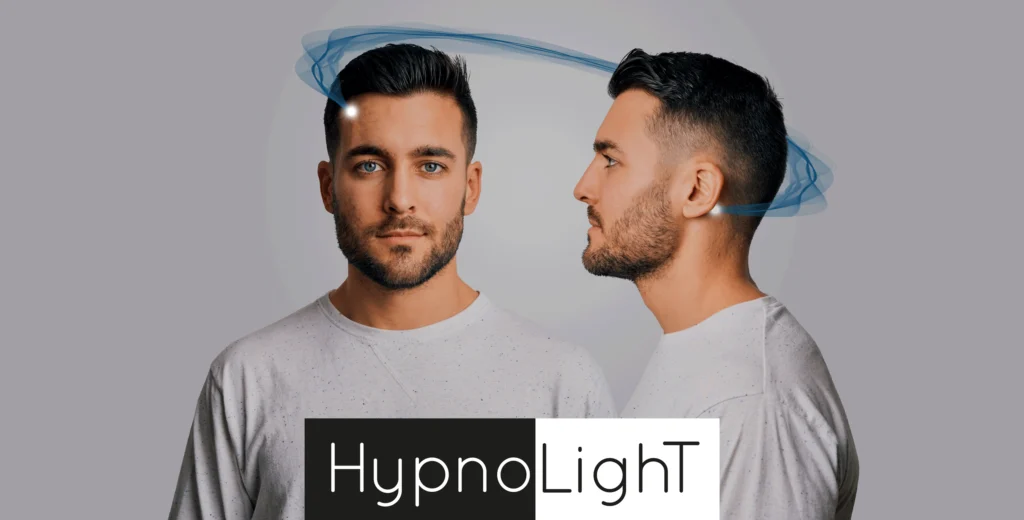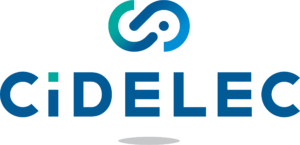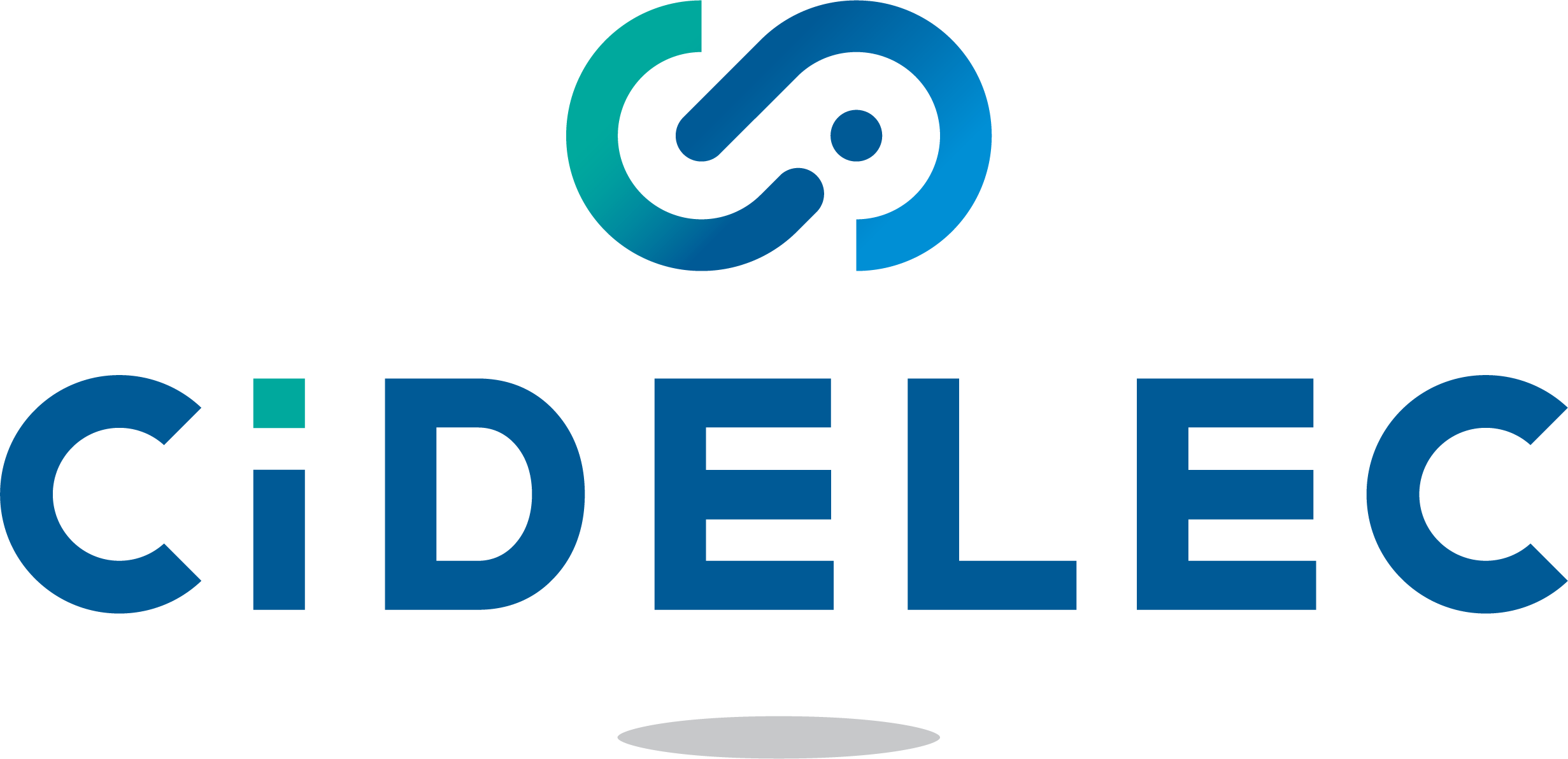Hypoxic load : a new index integrated into CIDELEC tools

Obstructive sleep apnoea-hypopnoea syndrome is responsible for cardiovascular complications involving dysfunction of the autonomic nervous system. However, because the standard measure used to assess the severity of OSAHS – the apnoea-hypopnoea index (AHI) – is not sufficient to predict cardiovascular risk and the risk of mortality, several teams have been working to define a new index that characterises hypoxia caused by respiratory events. This index is called the hypoxic load, which CIDELEC has chosen to integrate into its software to help sleep professionals optimise their diagnoses. Explanations. Hypoxic load, a relevant index for assessing the risk of morbidity and mortality associated with OSAHS The relevance of the diagnosis, and the practitioner’s ability to anticipate possible future complications, are two major challenges for patients suffering from sleep apnoea. In order to provide additional information and improve diagnoses of OSAHS, an American team has developed a method of calculating the image of the lack of oxygenation in the blood during the night: the hypoxic load. The American study, published in 2019 in the European Heart Journal, shows that hypoxic load predicts cardiovascular disease mortality in people suffering from OSAHS. It highlights the importance of taking into account the duration and intensity of desaturation caused by respiratory events, in addition to their frequency, when estimating the risk of developing cardiovascular disease. In addition, this study showed that a hypoxic load of over 71% min/h multiplied the cardiovascular risk by 1.62 in patients from the Sleep Heart Health Study (SHHS) cohort. The study by Azarbarzin, Sands, Stone et al. quickly gained momentum and led to other publications, as well as more and more mentions at specialist conferences. CIDELEC quickly became interested in this new index as a tool to complement the diagnosis of sleep apnoea. Consequently, it was decided to launch new clinical investigations. MACE: combined variable for stroke, myocardial infarction, heart failure and all-cause mortality. We felt that the work carried out on the cohort was sufficiently significant for us to decide to integrate the hypoxic load index into the CIDELEC software, with effect from 7 July 2022, especially as our tools were used to measure the hypoxic load in this research. Investigating the hypoxic load A team of doctors and researchers, including Professor Frédéric Gagnadoux, Head of Pneumology at Angers University Hospital and former President of the French Society for Sleep Research and Medicine (SFRMS), has carried out several studies on the subject. For this purpose, a cohort of French patients monitored in several care centres in the Pays de la Loire region was used to measure the association of hypoxic load with the incidence of stroke in patients investigated for suspected sleep apnoea syndrome. It was set up by the region’s Respiratory Health Research Institute (IRSRPL), of which some of the Angers CHU doctors who took part in the study are members. In the first study, data from nearly 3,600 patients with no history of stroke were matched with data from the French National Health Data System (SNDS) to identify the possible occurrence of strokes. The study, published in the European Respiratory Journal in November 2020, clearly shows a correlation between lack of oxygen during the night and increased risk: patients with a high hypoxic load are at greater risk of developing a stroke. This study showed that a hypoxic load of more than 45% min/h multiplied the risk of stroke by 2.59 compared with patients with a low hypoxic load. In addition, a subsequent study showed that a hypoxic load greater than 31.6% min/h significantly increased the risk of major cardiovascular events (MACE). Hypoxic load in CIDELEC software The hypoxic load is assessed automatically in the CIDELEC software. It is obtained by considering the areas under the desaturation curve associated with respiratory events. Its value is shown in the recording summary, and a scale in the ‘Results graph’ tab makes it easier to interpret. This scale is based on thresholds proposed in the literature. An index to complement the apnoea-hyponoea index The hypoxic load index complements the apnoea-hypopnoea index, which is unable to estimate the risk of morbidity and mortality in patients suffering from OSAHS. In the example below, two patients with the same AHI have very different hypoxic load values. The hypoxic load index complements the apnoea-hypopnoea index, which is unable to estimate the risk of morbidity and mortality in patients suffering from OSAHS. In the example below, two patients with the same AHI have very different hypoxic load values. As the study confirmed, hypoxic load gives a relevant indication of the risk associated with cardiovascular disease, particularly stroke. This should improve diagnosis and patient care. In conclusion, the hypoxic load, calculated by taking into account desaturations due to respiratory events, has been shown to be relevant for estimating cardiovascular risk. However, to date there are no standardised calculation rules or recognised severity thresholds. This is why the value obtained must be considered in the light of the results in the literature. This index, used in conjunction with the apnoea-hypopnoea index, is one of the biomarkers that enable a reliable, personalised diagnosis to be made. Meanwhile, research is continuing: measuring hypoxic load could, in the future, help doctors assess the risks associated with other pathologies.
HypnoLighT: an innovative feature for diagnosing sleep apnoea

Apnoea-hypopnoea syndrome (OSAHS) is one of the most common sleep disorders, affecting between 2% and 5% of the adult population in France, i.e. between 1 and 3 million individuals (data from the French National Authority for Health). One way of estimating the severity of this disorder is to use the apnoea-hypopnoea index (AHI), which can be assessed during a respiratory polygraph examination. However, the lack of information about the patient’s actual sleep time may lead to an underestimation of the AHI. That’s where HypnoLighT comes in: an innovative feature developed by CIDELEC that provides advanced polygraphy and a more relevant diagnosis of sleep breathing disorders. The limit of respiratory polygraph in AHI Respiratory polygraphy is often recommended as a first-line treatment when sleep breathing disorders are suspected in a patient. This examination, which explores different respiratory characteristics during sleep, has the advantage of being able to be carried out in ideal conditions (at the patient’s home), even if the equipment has to be installed by a practitioner beforehand.However, this examination has one drawback: the recording time does not take into account the patient’s actual sleep. In other words, the test takes place without it being known whether or not the patient is asleep, at what time, or for how long. This lack of information is likely to underestimate the results of the AHI, which is calculated on the basis of the number of respiratory events in relation to the recording time, and not on the basis of total sleep time.How can a proper diagnosis of sleep apnoea be made if one can’t be sure that the patient is actually sleeping? This is where HypnoLighT comes in. The role of HypnoLighT in the diagnosis of sleep apnoea Until now, only polysomnography has been able to distinguish between phases of sleep and wakefulness in patients. But this comprehensive examination is also more complex, since it often has to be carried out in a clinic or laboratory, in the presence of a specialist technician, and is accompanied by heavy equipment. CIDELEC designed HypnoLighT precisely to meet this challenge: to provide information on sleep duration in order to improve the sensitivity of respiratory polygraphy.HypnoLighT is an algorithm that supports polygraph examination by helping to distinguish between sleep and wakefulness in patients. The apnoea-hypopnoea index is calculated on the basis of the number of respiratory events in relation to the estimated sleep time, enabling a more accurate and relevant diagnosis to be made. This is done during an examination that is simple to set up: just two light sensors to place. In comparison, polysomnography requires around fifteen electrodes, including in difficult areas such as the scalp. HypnoLighT technology : a major step forward for sleep specialists HypnoLighT technology makes it possible to bring respiratory polygraphy closer to polysomnography, and to diagnose sleep apnoea more effectively by calculating the AHI more accurately. It is compatible with CIDELEC’s CID-LXa device, an ergonomic, lightweight polygraph that is placed on the wrist. Entirely developed and manufactured in France, HypnoLighT represents a major step forward in the diagnosis of sleep disorders. Its benefits are backed up by scientific studies (several references to which can be found on this page). For example, the average rate of agreement between awake vs. asleep discriminations obtained by this functionality and by a specialist’s rating is over 85%, while the average rate of agreement between two clinicians for polysomnography is around 90%. Our studies have shown that among patients whose diagnosis is underestimated using respiratory polygraphy, a third would have been correctly diagnosed using HypnoLighT. For the latter, it is no longer necessary to perform a second-line polysomnography and the most appropriate treatment can be proposed to the patient. Find out more about HypnoLighT
Publication about PneaVoX
Publication about PneaVoX Publication about PneaVoX In June 2017, Professor Thomas PENZEL (Doctor of Sleep Medicine – Charité – Berlin) and Mr AbdelKebir SABIL, Ph (Research at CIDELEC) published a joint article entitled “The use of tracheal sounds for the diagnosis of sleep apnoea “. The full article is available in the July 2017 issue of “Breathe” magazine or by clicking on the following button. Voir l’article complet


